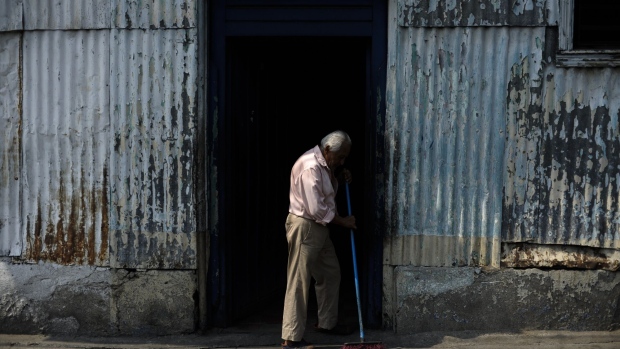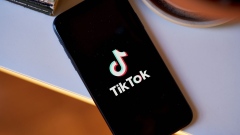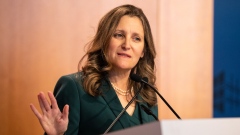Jun 15, 2024
Colombian Lower House Passes Bill to Overhaul Pension System
, Bloomberg News

(Bloomberg) -- Colombia’s lower house approved President Gustavo Petro’s pension reform bill, representing a victory in his campaign to overhaul the nation’s conservative economic model.
The law dramatically increases the state’s role in pension provision, making the government the manager of around 70% of all worker contributions, while private funds will receive the rest.
The project forms part of Petro’s package of welfare reforms, with a health care and labor market reforms still going through congress. After the approval of the pension bill, Petro lauded the reform as the biggest achievement for Colombian workers in years.
The initiative creates a program to expand subsidies for elderly Colombians living in poverty, and eliminates competition between the public and private pension systems. The law also allows private funds to charge a fee on assets under management and creates a savings fund to pay for future pension compensation, to be managed by the central bank.
Petro’s lower house coalition approved the bill by simply endorsing the text that lawmakers had already cleared in the senate, potentially opening the door to legal challenges. The tactic sparked criticism from opposition lawmakers, and even some government supporters.
Carlos Edward Osorio, a lower house representative from the opposition Democratic Center party said he’ll challenge the reform in the constitutional court, arguing that lawmakers didn’t have sufficient opportunity to debate the bill.
Market Impact
Markets won’t react negatively to the bill’s approval as the impact on public finances will be felt over the long term, Julio Romero, an analyst at Corficolombiana, said by phone.
Jackeline Pirajan, an economist at Scotiabank Colpatria, said regulators will have an important role in preventing government interference from leading to mismanagement of the new savings fund.
According to the bill, the contributions from workers salaries up to 2.3 times the monthly minimum wage, equivalent to about $750, will go into the public system, while the balance goes into the private system. Private pension funds currently receive about three quarters of the volume of worker contributions, Corredores Davivienda estimated.
(Updates with analyst comments from seventh paragraph)
©2024 Bloomberg L.P.








